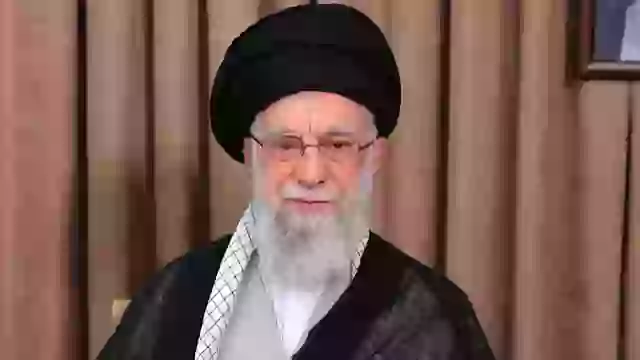Ayatollah Ali Khamenei, Iran’s Supreme Leader, emerged from a period of silence to deliver a bold message on June 26, 2025, following a short-lived ceasefire with Israel. In a post on Twitter, he celebrated what he called a victory over the “U.S. regime,” sparking attention amid ongoing tensions with the U.S. and Israel. His first public words since the ceasefire offered a fiery take on recent events.
Khamenei claimed the U.S. attacked Iran’s nuclear facilities on June 21 in a mission called “Operation Midnight Hammer” to prop up Israel, but he insisted the strikes failed to deliver. He went further, saying Iran hit back by targeting the Al-Udeid Air Base in Qatar, a major U.S. base, on June 23. While no casualties were reported, Khamenei described the attack as a powerful blow to the U.S., framing Iran as the winner in this exchange.

In a televised address, he called President Trump’s claims about the U.S. strikes’ success overblown, arguing they had little impact. This aligns with a CNN report citing a Defense Intelligence Agency assessment that Iran’s enriched uranium stockpile wasn’t destroyed. Khamenei’s remarks painted a picture of resilience, positioning Iran as unshaken by the U.S. military action.
Trump pushed back hard on Truth Social, dismissing the media reports as “fake news” meant to discredit a highly successful strike. He claimed Iran’s nuclear sites were wiped out. White House Press Secretary Karoline Leavitt echoed this, calling the reports false and praising the U.S. pilots for a perfect mission that dropped fourteen massive bombs to destroy Iran’s nuclear capabilities.
The back-and-forth between Khamenei’s bold claims and Trump’s fiery rebuttal has set social media abuzz, with both sides defending their version of events. This clash of perspectives underscores the high stakes of the conflict and the power of words in shaping global views. As tensions simmer, Khamenei’s speech marks a defiant moment, raising questions about what comes next in this complex standoff.


